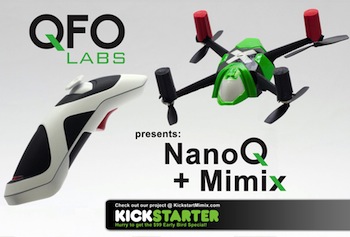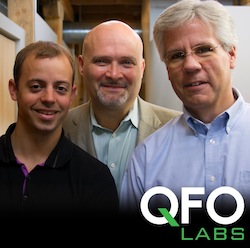 Quantum dots, discovered in the early 1980s, are semiconductors whose characteristics produce more luminance and chroma (i.e., brighter and more color). While discoveries like this are always an interesting academic breakthrough, none of us get too excited about technology until it’s close to being leveraged by a startup, established company or close to shipping.
Quantum dots, discovered in the early 1980s, are semiconductors whose characteristics produce more luminance and chroma (i.e., brighter and more color). While discoveries like this are always an interesting academic breakthrough, none of us get too excited about technology until it’s close to being leveraged by a startup, established company or close to shipping.
3M is close to delivering a new quantum dot film solution to make smartphones, TVs, tablets and other devices with LCD displays “…lighter, brighter and more energy efficient.” Up to 50% more, in fact!
Here is their press release:
3M to Bring More Color to Consumer Electronic Devices
3M and Nanosys offer stunning visual enhancements to LCD devices
Tuesday, May 21, 2013 7:00 am CDT, ST. PAUL, Minn.–(BUSINESS WIRE)–3M announced today it is in the final stages of scale-up for its new 3M™ Quantum Dot Enhancement Film (QDEF). The new film allows up to 50 percent more color than current levels in liquid crystal display (LCD) devices. 3M has teamed with Nanosys, Inc., to produce the 3M QDEF solution specifically to deliver more color, and to make devices such as smart phones, tablets and televisions, lighter, brighter and more energy efficient.
Current LCDs typically are limited to displaying 35 percent or less of the visible color spectrum. This means the viewing experience on an LCD can be vastly different than what a person sees in the real world. Wide color gamut displays will allow consumers to enjoy more visceral, more immersive and truer-to-life color.
“One of the many advantages of the new 3M QDEF solution is the film’s ability to deliver richly-saturated colors, while minimizing power consumption – a difference you can clearly see,” said Ty Silberhorn, vice president and general manager, 3M Optical Systems Division. “We will have qualification material available to customers for design cycles starting late second quarter this year.”
Over the years, 3M light management technologies have made LCDs thinner, lighter and more energy efficient. Color performance of LCDs industry-wide has gone largely unchanged until now. 3M research data shows that devices with 3M QDEF-enabled wide color gamut will be noticeably different from other standard LCD devices, prompting the human eye to dwell on the display longer than less-saturated displays.
QDEF utilizes the light emitting properties of quantum dots to create an ideal backlight for LCDs, which is one of the most critical factors in the color and efficiency performance of LCDs. A quantum dot, which is 10,000 times narrower than a human hair, can be tuned to emit light at very precise wavelengths. This means display makers can create a highly-optimized backlight that only produces the exact wavelengths of red, green and blue light needed by an LCD for optimal color and energy performance. Trillions of these quantum dots protected by barrier film fit inside an LCD backlight unit. The new film replaces one already found inside LCD backlights, which means the manufacturing process requires no new equipment or process changes for the LCD manufacturer.
“Improving color performance for LCDs with simple, drop-in manufacturing solutions will create a stunning new visual experience for consumers,” said Jason Hartlove, president and CEO, Nanosys, Inc. “Working together with 3M and utilizing their outstanding design and supply chain capabilities will allow our quantum dot technology to be widely deployed across all product segments, ensuring availability to all customers.”
Both 3M and Nanosys, Inc., will attend Society of Information Display’s DisplayWeek, May 21 – 23, 2013, in Vancouver, British Columbia. For more information: www.displayweek.org.
 SOPHIA.org
SOPHIA.org
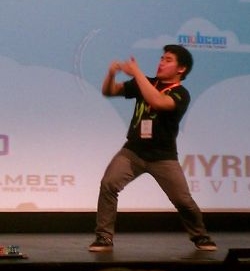
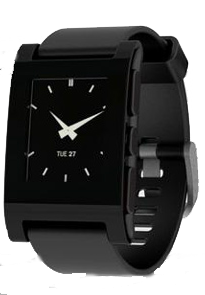





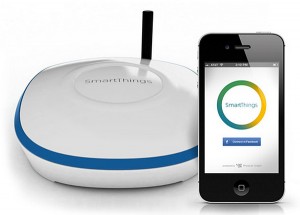
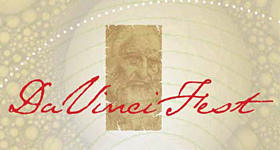 Exciting our kids about the world they will inherit — not just the future but their future — means that getting them engaged and excited about science, art and technology will enable them to invent it. A unique festival in Stillwater on January 5, 2013 is one that sets up a venue for kids to showcase and demonstrate what fills them with passion and motivating them to think about, and work toward, the possibilities of what they can create.
Exciting our kids about the world they will inherit — not just the future but their future — means that getting them engaged and excited about science, art and technology will enable them to invent it. A unique festival in Stillwater on January 5, 2013 is one that sets up a venue for kids to showcase and demonstrate what fills them with passion and motivating them to think about, and work toward, the possibilities of what they can create.
